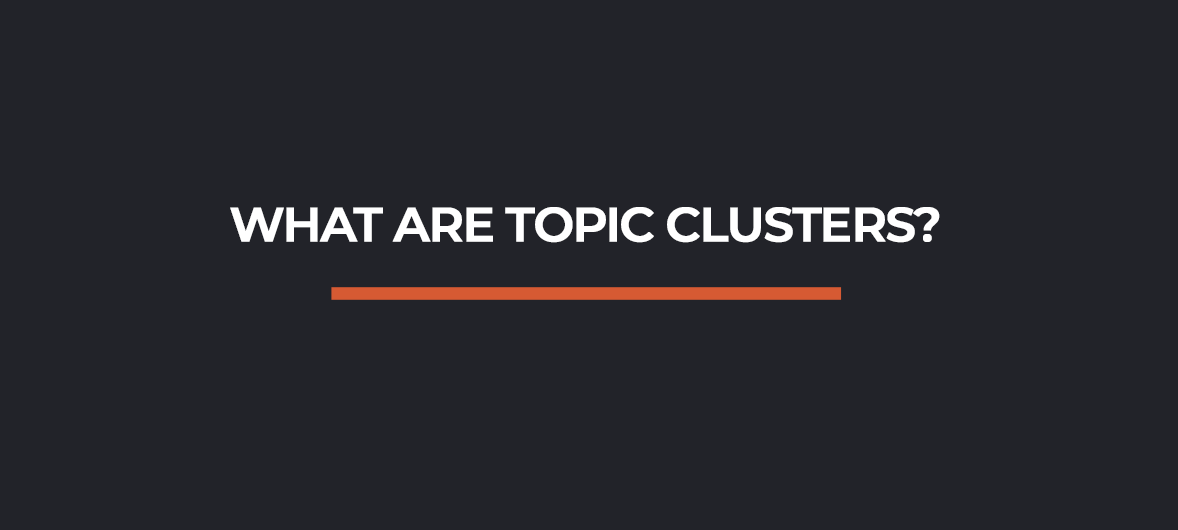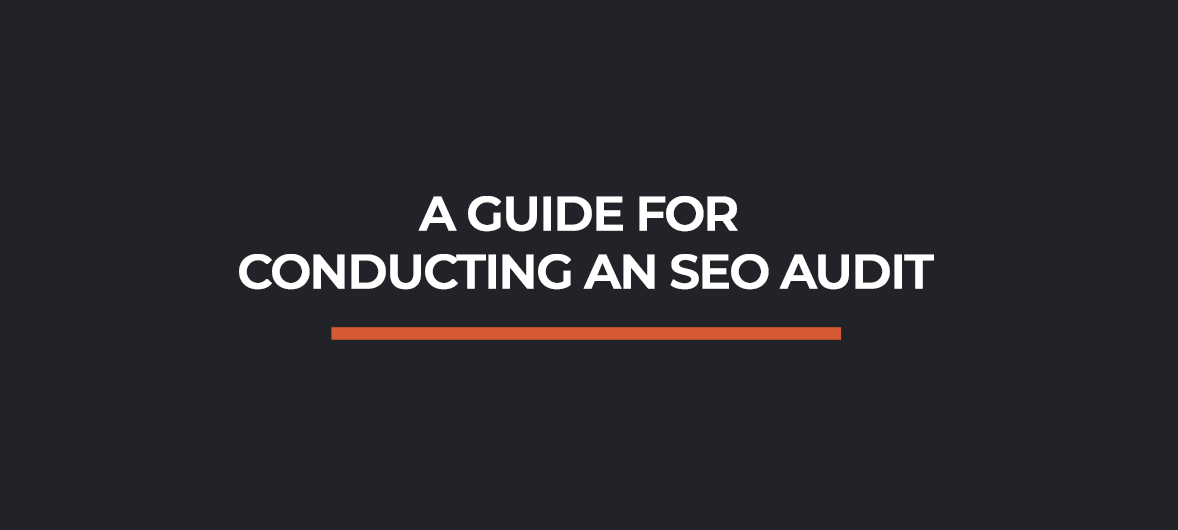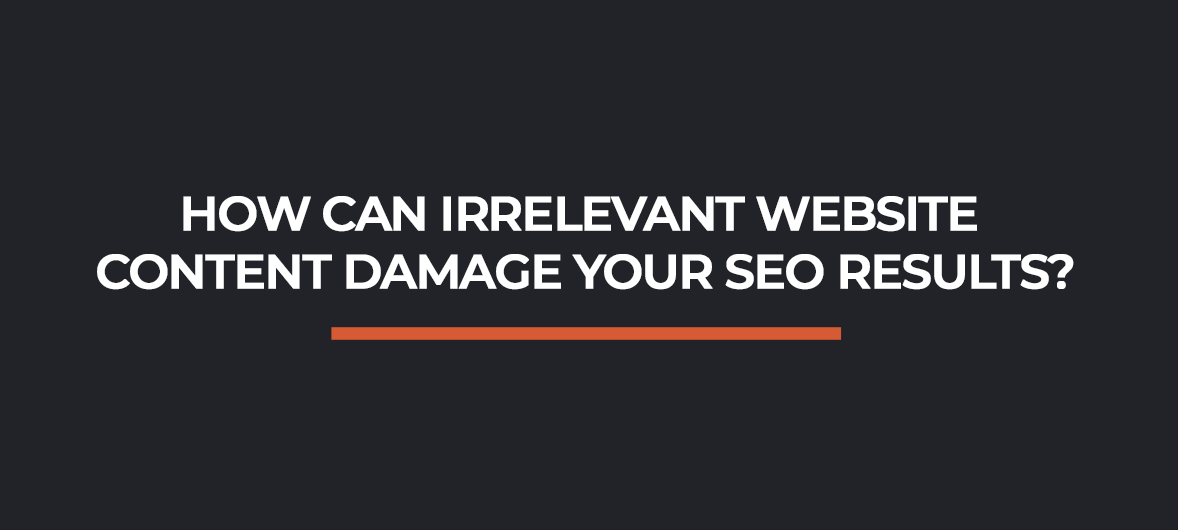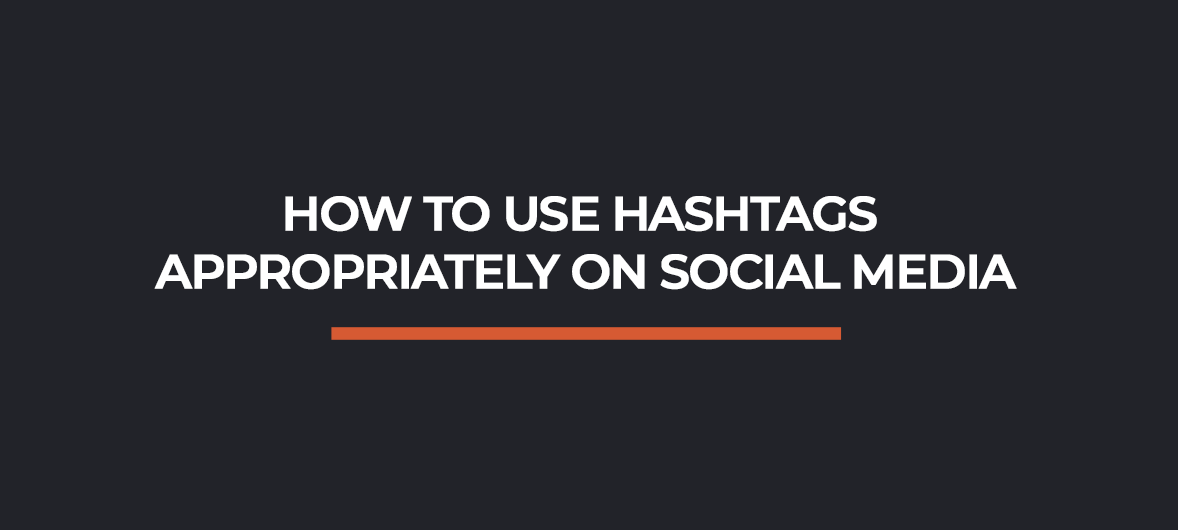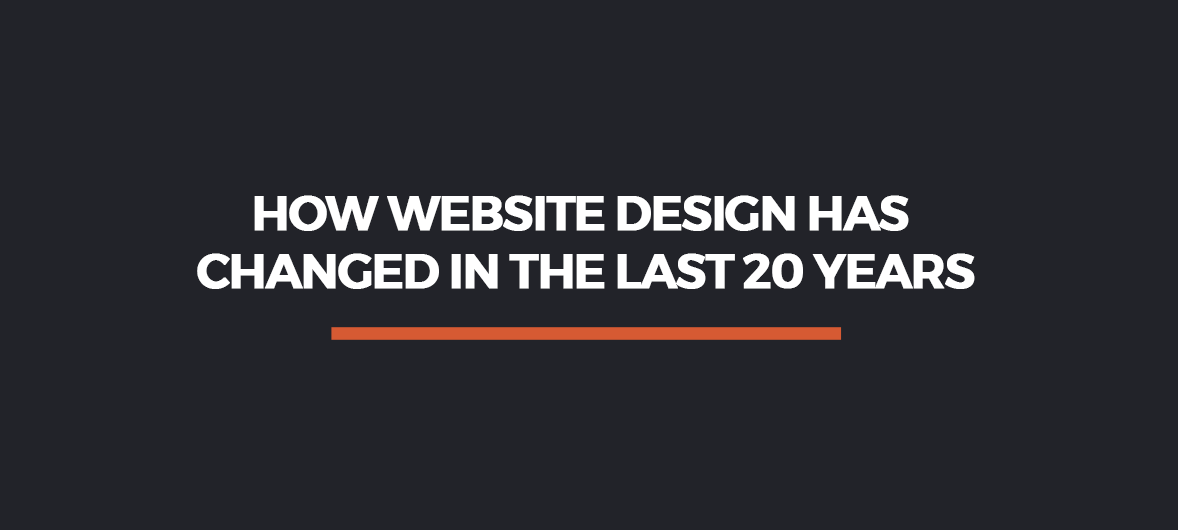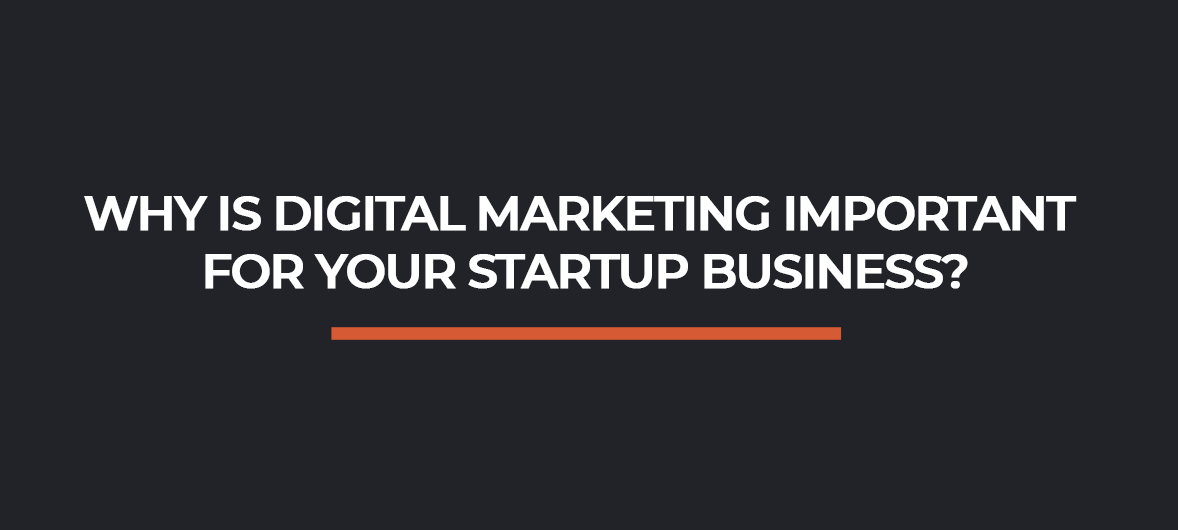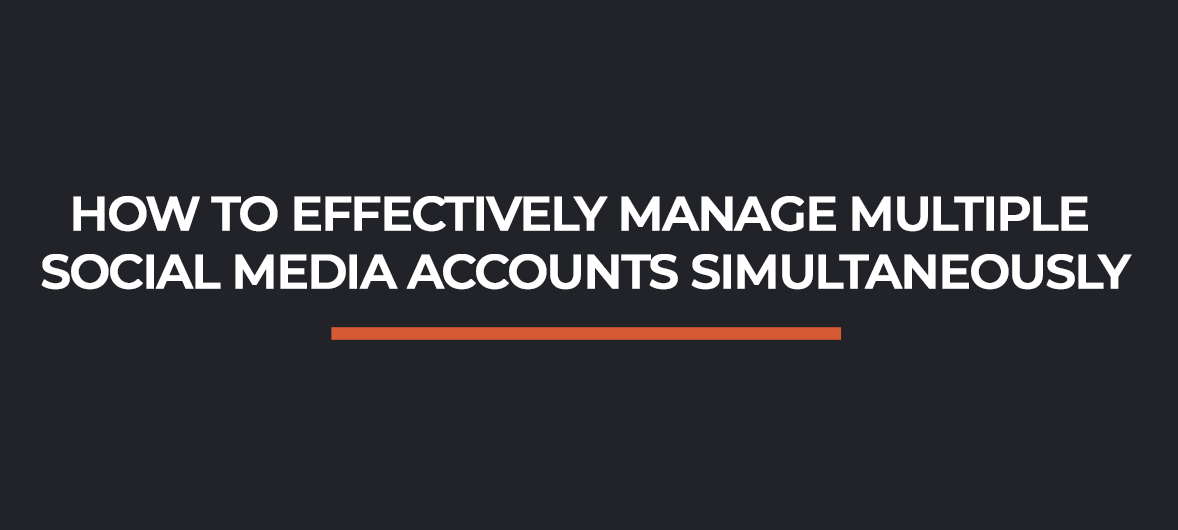What are topic clusters?
3 elements to a topic cluster
- Different breeds of dog
- Diet tips for dogs
- Evolution of dogs
- Locations where dogs can be adopted
This content shouldn’t be thousands of words long, it just needs to provide a brief amount of text that outlines the key parts of your topic. The information you provide should be brief-yet-valuable, whilst still showing the reader that you have a good, solid understanding on your topic.
Supporting cluster content is just that, content that supports your main topic (your pillar content). This type of content is supposed to be insightful and comprehensive, simultaneously. See this content as supporting the different pillars you have in your main topic cluster. Remember those sections we mentioned about different dog breeds and diet tips? These are the pillars you’re going to need to support with, you guessed it, supporting cluster content.
Cluster content comes in a wide range of different formats, from infographics to webinars, so it’s incredibly flexible and, more importantly, creative. Content marketers want to be creative, so this provides the perfect opportunity to do just that. Not all supporting content has to be a blog post or an article, just so you’re aware, so if you’ve got free creative reign, then use it, as already touched upon.
The last element of topic clusters are hyperlinks. This is where all of your topic clusters are linked together, quite literally. Each cluster content piece needs to link both to and from your pillar content. You should think of hyperlinks as spokes on a bicycle wheel. They join the middle to the exterior and vice-a-versa, but they also ensure the integrity of the wheel, helping to keep things moving.
This is much the same for hyperlinks, because this is what will help to drive traffic, improve rankings and bring website visitors, both returning and new. Cluster pieces should also be linked together, so don’t just focus your attention on linking cluster pieces to pillar content.
Why are topic clusters important for SEO?
We must remember that Google has a job to do, and it does it with or without the help of marketers. The sole purpose of this search engine is to provide answers to a user’s question and, most of the time, these answers are given in the form of articles or blog posts. Sometimes, however, especially if you click on Google Images, you’ll be presented with an infographic. It really just depends on the information someone wants and how quickly they plan on getting it.
Google will usually answer a question within the first four search results, but if a piece of content pops up with relevant terms, words and phrases Google will display this as well, but it might not appear as high up in the search engine results page (SERP). Topic clusters help to enhance the chances of this happening.
A marketer’s sole aim is to have their content appear on page one of the SERP and be the number one result. This is where pillar content is important. Referring back to the dog example, although your main topic is dogs, your pillars are: dog breeds, diet for dogs, where to adopt a dog and how they’ve evolved. You’re touching on several relevant, but different topics. This means that, if someone searches for one of your pillars, or for dog information in general, chances are, Google will pull up a page of your content.
Even if your content doesn’t appear as the number one result, Google will display similar pieces of content either as search results further down the SERP or in the ‘People Also Ask’ section. Someone could type “how to look after a dog” into the search engine, but because one of your pillars is “diet tips for dogs”, this pillar and, therefore, supporting content will appear; maybe not as the number one search result, but in the ‘People Also Ask’ section, for instance. This is because it’s relevant content and an important part of dog ownership.
Therefore, someone is far more likely to see your cluster topics as well as your main pillar content, which increases the chances that someone will come across it and take a look, no matter the landing page they receive when they click on the search result. Once this happens, they’re on your website which translates into traffic.
If your content is relevant and helpful, the bounce rate will be low and, as a result, you’ll build trust between your brand and prospective customers (or readers if you run a blog). Either way, it’s incredibly relevant and highly-beneficial for you to start using topic clusters to boost SEO results.
To fully maximize your content’s SEO potential, consider partnering with award-winning SEO companies in Scottsdale. These experts can help you refine your content strategy, implement topic clustering, and ensure your website ranks high in search results.
Consider using topic clusters to reorganise your website
Often, business owners and bloggers don’t have the time or the relevant expertise to implement cluster topics throughout their website – this is where experienced marketers, SEO specialists and website developers come in.
Andy Morley has over two decades of specialist knowledge to draw upon, meaning you’ll be in good hands if you’re looking for a professional to add topic clusters for you. With a dedicated team behind him, including SEO, PPC and content specialists, your website will be catapulted into the spotlight, setting you apart from your competitors.
For more information about the expert marketing services Andy is able to provide, including website design, graphic design, content creation, SEO and PPC, get in touch with us today – we’re pleased to be able to serve Derby, Chesterfield, Leicester, Mansfield, Nottingham and the surrounding areas.


